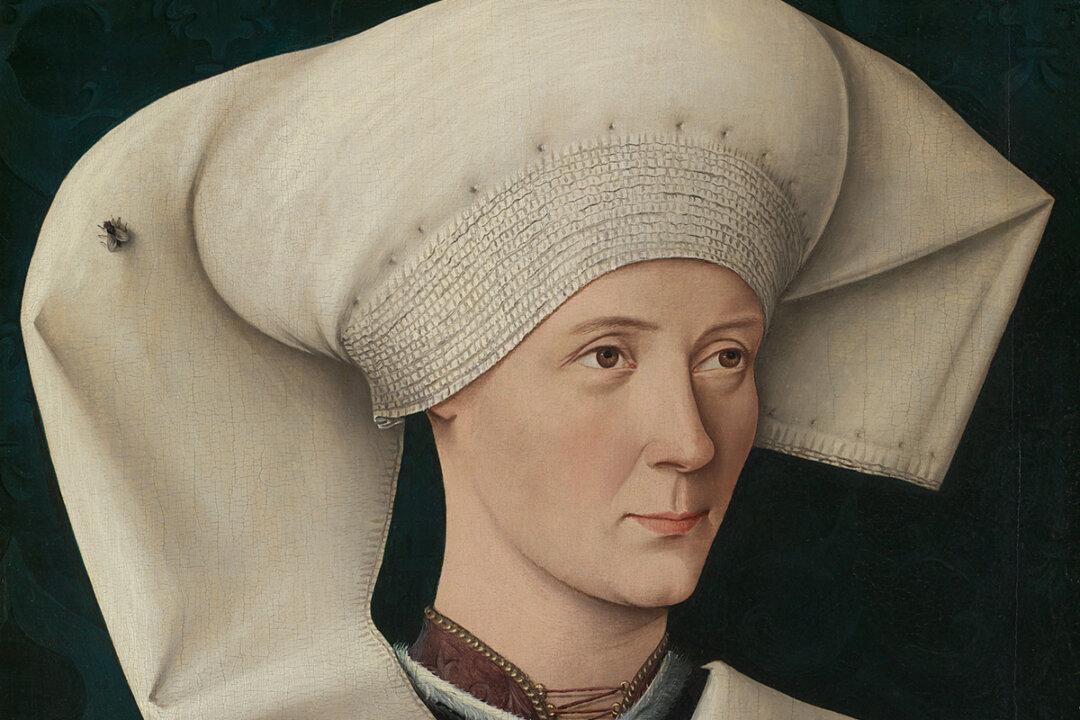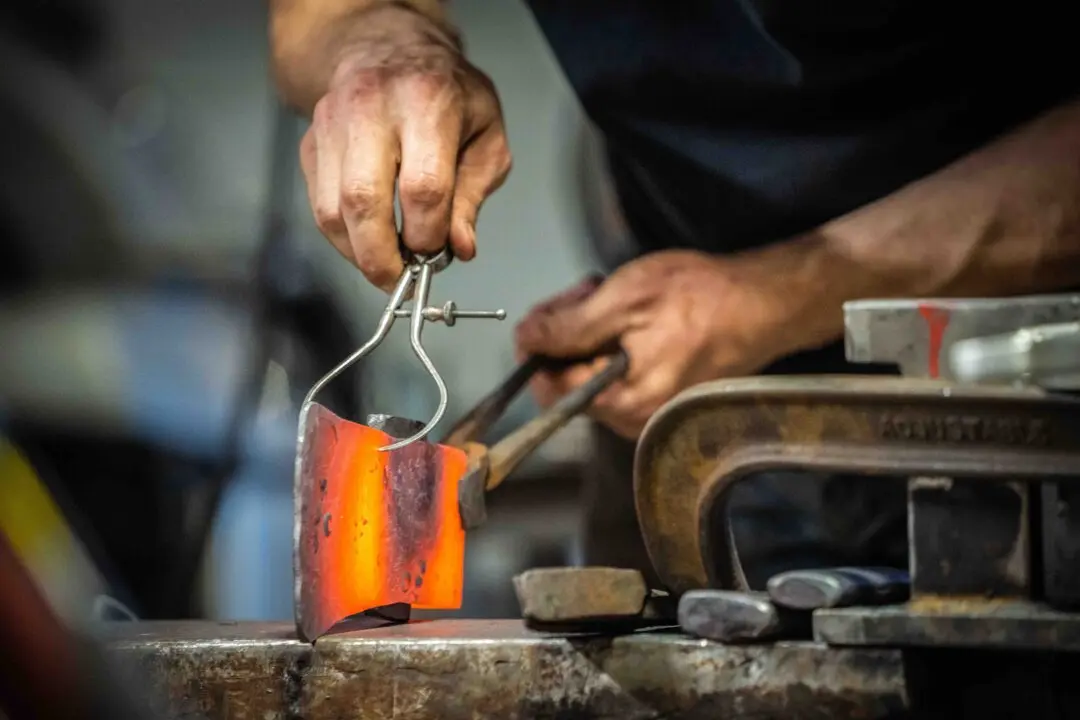Take a look at the 15th-century painting “Portrait of a Woman From the Hofer Family,” and you’ll immediately spot an oddity. The work of an unknown artist, the German masterpiece contains a curious detail—a single fly on the subject’s realistically rendered full white veil.
“Why does this lady have a fly on her head?” asks Francesca Whitlum-Cooper, the associate curator of London’s National Gallery, in a video. “What does that tell us about the tricks that artists play on us?”






